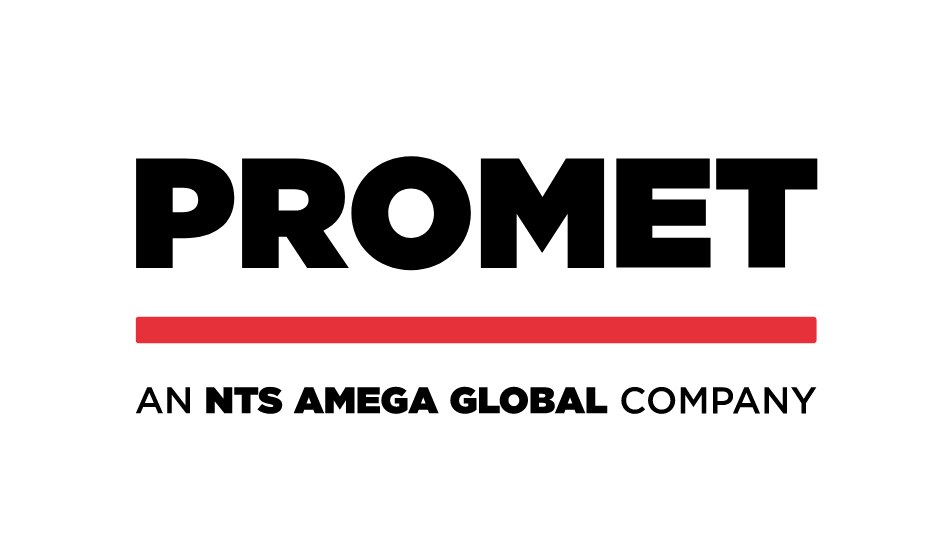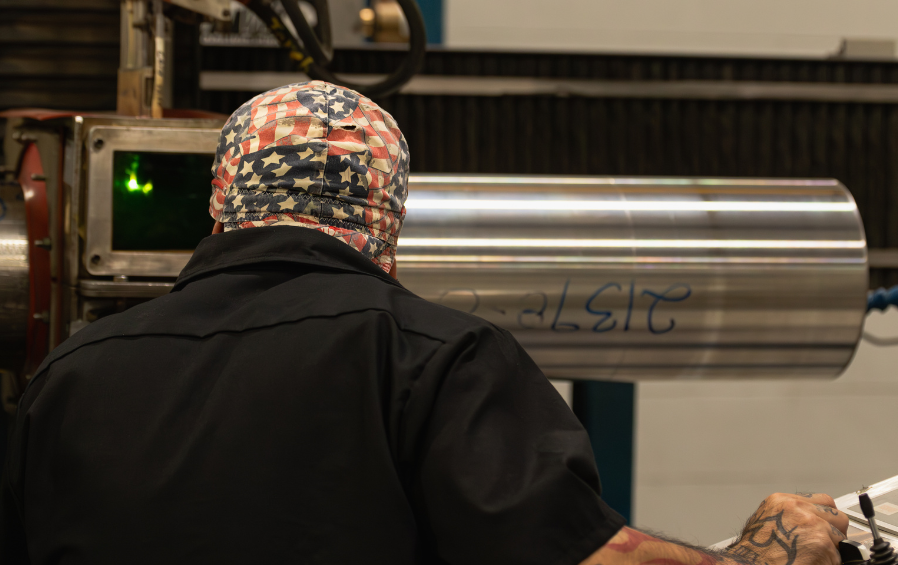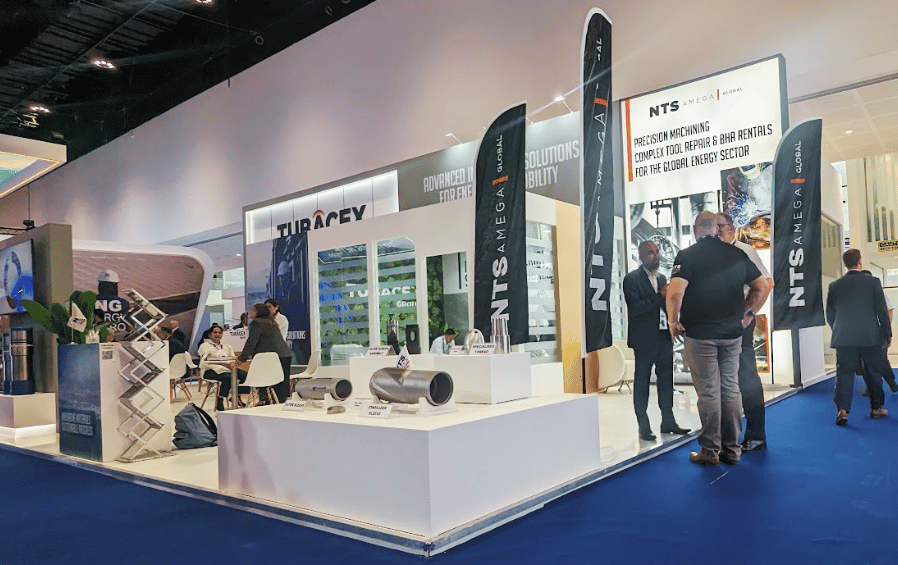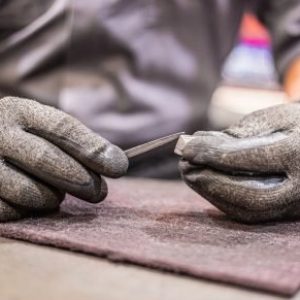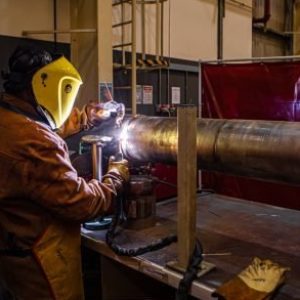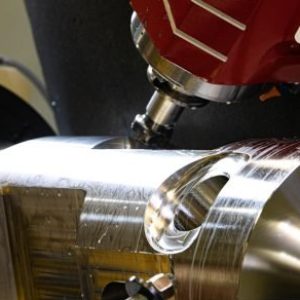In the world of oil and gas repair, stub welding is emerging as a pivotal solution. Stub welding is proven to extend the life of valuable downhole tools. This process can save repairable tools from the scrap heap and, as a result, reduce financial losses for oil and gas companies.
At NTS Amega Global, we are committed to educating our customers about the benefits of stub welding and addressing common misconceptions. This article aims to shed light on why stub welding is an excellent choice for tool repairs and how NTS Amega Global ensures high-quality stub welds with reliable results.
Understanding Stub Welding
Stub welding, or groove welding as it is also known, involves creating a weld in a groove formed within a single tool or between two tools to be joined. This method is highly effective for tool repairs, providing robust and durable joints that withstand significant stress and wear. The key benefits of stub welding include:
- Extended Tool Life: By reinforcing the worn or damaged areas, stub welding can significantly extend the operational life of tools.
- Cost Savings: Repairing tools using stub welding is often more economical than replacing them, leading to substantial cost savings.
- Reduced Downtime: Efficient repair processes minimize equipment downtime, ensuring operations continue smoothly.
- Reduced environmental impact: Sending repairable tools to the scrap heap is not only a financial issue but an environmental one.
Addressing Misconceptions About Stub Weld Repair
Some people have reservations about stub weld repair due to past experiences with improper techniques that led to tool failures. We understand these concerns and emphasize that when done correctly, stub welding can produce reliable and long-lasting repairs. While there are no agreed international industry standards for stub welding, we have been committed to starting a dialogue within the industry through conferences, presentations, and discussions in order to recommend and agree on best practices and align standards across the industry.
Welding vs. Brazing vs. Soldering
It’s essential to differentiate between welding, brazing, and soldering, as each process has distinct characteristics and applications:
Welding
A fabrication process where two or more parts are fused together by means of heat and/or pressure, melting the base material.
Brazing
A metal joining process that produces coalescence of materials by heating them to a suitable temperature and using a filler metal with a liquidus above 840°F and below the solidus of the base materials.
Soldering
A metal joining process involving fusing two metal surfaces together using a filler called solder, which has a liquidus below 840°F.
Types of Welding Processes
Various welding processes are employed based on the application and requirements, these include:
- Manual Welding: The entire welding operation is performed and controlled by hand.
- Semi-Automatic Welding: Arc welding with equipment that controls only the filler metal feed.
- Machine Welding: Welding with equipment that can be adjusted by the operator in response to changes in welding conditions.
- Automatic Welding: Welding equipment that performs the operation without operator adjustment of the controls.
Welding Applications for Stub Welding
Several welding applications are used to enhance the performance and longevity of materials:
- Overlay: Deposition of one or more layers of weld metal to the surface of a base material to improve the corrosion resistance properties of the surface. This would be applied at a level above the minimum design thickness as a nonstructural component of the overall wall thickness.
- Groove Weld (Stub Welding): A weld made in a groove within a single member or between two members to be joined. Single V-groove.
- Hard-Facing: Deposition of weld metal to improve wear resistance of the surface.
Welding is usually followed by a Post Weld Heat Treatment (PWHT), which refers to any heat treatment after welding. Typically, PWHT reduces residual stresses and enhances the resistance to brittle fracture. PWHT can lead to material strength enhancements and hardness reduction.

Stub Welding Procedure Qualification
At NTS Amega Global, we ensure that our welding procedures meet our stringent quality standards. Our welding procedure qualifications verify the compatibility of materials and techniques to produce welded components that comply with welding codes and possess acceptable mechanical properties.
Mechanical requirements include:
- Yield strength
- Tensile strength
- Percentage elongation
- Impact resistance
- Hardness
- Corrosion resistance
- Abrasion resistance
Non-Destructive Testing Options
After repairing the stub weld it is, of course, vital that we are confident of the strength of the repair before we deliver to our customers. We also need to do this without damaging or fracturing the component. We employ various non-destructive testing (NDT) methods to ensure the quality and integrity of our stub welding repairs:
- VT (Visual Inspection)
- LPI (Liquid Penetrant Inspection)
- MPI (Magnetic Particle Inspection)
- RT (Radiography Inspection)
- UT (Ultrasonic Inspection)
About NTS Amega Global
At NTS Amega Global, we follow rigorous procedures which are key to our success, and the quality repair of your tools.
NTS Amega Global is a market leader in repair, rental, and manufacturing solutions supporting energy markets worldwide. Our dedication and enthusiasm are driven by an unwavering commitment to success. We forge strong partnerships with our customers, helping them achieve their goals economically and consistently. With facilities in 11 locations around the world, our expert team is equipped with the knowledge and experience to bring our customers’ equipment back to life.
By choosing NTS Amega Global for your stub welding needs, you are opting for reliability, quality, and a partner committed to your success.

